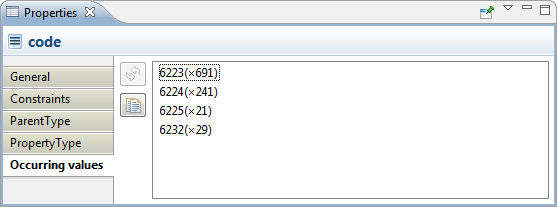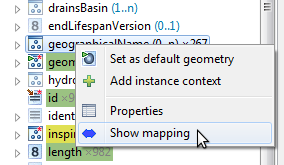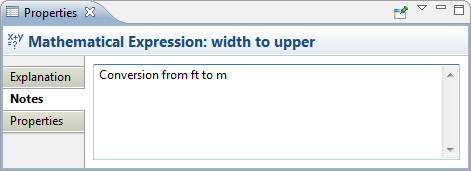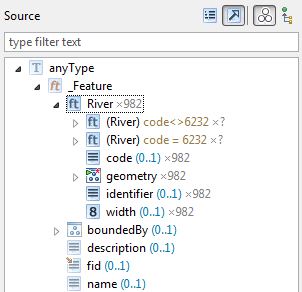Integration |
| FME integration
support |
HALE now includes a
command line interface for interaction with FME (Feature
Manipulation Engine), FME will include support for HALE starting
with FME 2014. |
| Create XSLT from
an Alignment |
New in this release
is the ability to export XML to XML mappings to XSLT 2.0 scripts.
The exported scripts can be used to transform data independently of
HALE. The XSLT export supports a different set of functions than
the built-in HALE CST transformation. When targeting XSLT for the
transformation, use the corresponding compatibility mode. Change to
the compatibility mode any time to see if your mapping is
compatible with the XSLT export.

|
User
Interface |
| Occurring values for
a property |
To effectively
create a schema mapping, you need understand how the source schema
is actually populated. Analyse the loaded source data using the new
Occurring values section in the Properties view. It
will appear for any selected schema property (even with a context
defined) that holds simple coded values like strings, dates or
numbers. Retrieving the occurring values has to be triggered
manually, but you will get a list of all values together with the
respective count of occurrence.

|
| Schema by hierarchy |
Displaying a schema
using its type inheritance hierarchy was possible in earlier HALE
versions and is now enabled again, but in a refined manner. This is
especially handy for defining relations on super types.
Furthermore, there is a new option to hide all properties that are
introduced by inheritance. Thus you can easily analyze the schema
and its type hierarchy.

For more information, see the Schema
Explorer documentation.
|
| Show mapping for
schema elements |
It can be tedious
in a large mapping to look for a specific relation you want to
inspect or edit. Now you can use the Mapping view to show
mappings related to specific schema elements - just select the
element in the Schema Explorer and open the mapping view.
Mappings on sub-properties of the element will be shown as well, if
you enable it in the mapping view.

|
| Comment on mappings |
Annotate mapping
cells with your comments, using the new Notes section in the
Properties view. These notes will for instance also be
included in a mapping table exported to an Excel spreadsheet.

|
| Changes to Alignment
view |
Working with the Alignment
view has been improved by focusing on a set of displayed mapping
cells based on your selection in the Schema Explorer. By default
(no selection) the type relations will be displayed, but you can
also focus on relations applicable in context of specific type
relations or certain source or target types.

For more information, see the Alignment
view documentation.
|
Transformation
and documentation |
| Relation priority |
If you create
multiple relations with the same target, those relations will
concur. Now you can assign specific priorities to relations - if
the relation with the highest priority does not apply or does not
yield a result, the relation with the next-highest priority will be
evaluated, and so on.

For more information, see Cell
priority.
|
| Inherited property
relations |
The type hierarchy
in source and target schema can be exploited to create mappings
faster and with minimal redundancy. Relations you create between
properties of specific types apply as well for their sub-types -
and even for conditions applied to the type. The image below shows
an example type hierarchy displayed in the Schema Explorer.

In the example, relations defined on properties of
River
will also be applied for the two type condition contexts of
River
, relations on properties of
_Feature
will be applied to the corresponding properties of
River
and the two contexts as well. In the Alignment view,
inherited relations are marked with an upward arrow ( ). ).
|
| Mapping modules |
Created mappings
can now be reused in other projects. An existing HALE alignment
file can be imported as base alignment into the current project.
The mappings defined in the base alignment will appear as part of
the project's alignment in addition to the mappings defined
therein. Base alignment mappings cannot be edited or deleted, but
you can disable them if needed.

|
| Alignment as mapping
table |
Export your
alignment as a mapping table. Supported formats are Excel
spreadsheets (.xls and .xslx) and CSV files with multi-line values
(e.g. as supported in LibreOffice).

|








 ).
).

